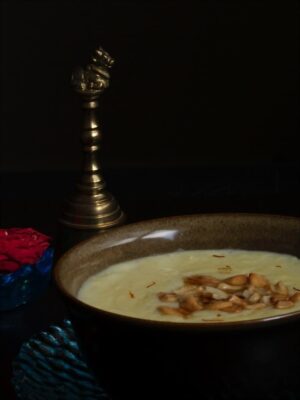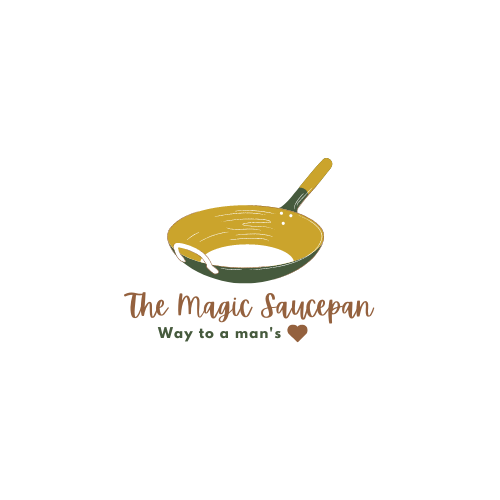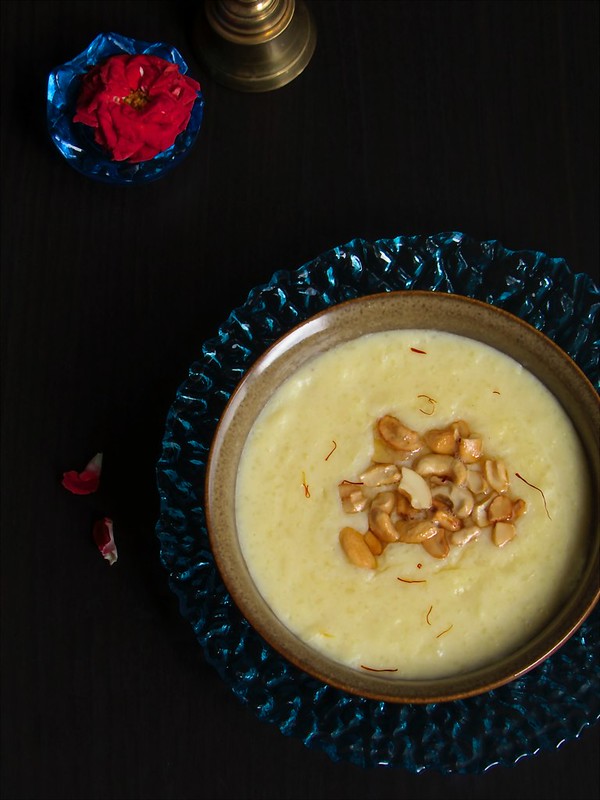Akkaravadisal With Sugar - Rice simmered and slow cooked in milk sugar to get one of the most luscious and creamy desserts.
Jump to Recipe | Print Recipe
Akkaravadisal, as mentioned in this post (the authentic one ), is the most frequented South Indian Tamil delicacy during festive times. Today's post is with a slight twist to the most classic Iyengar recipe. The sweetener is replaced with sugar. This might resemble another excellent sweet - Paal Payasam, recipe-wise but it is a more luscious and richer dessert. The richness of this dessert is directly proportional to the cooking time. Yes the more you simmer this, the creamier and heavenly it is. In fact, in olden times even the rice was slow cooked in a vessel.
For other dessert varieties, click this page If you like rice-based desserts, check this Sakkarai Pongal recipe & Pal Payasam

Rice simmered and slow cooked in milk sugar to get one of the most luscious and creamy desserts.
- 1 Cup Raw rice
- 2-3 tablespoon Moong Dal
- 4 Cups Milk
- - 1 Cup Sugar
- ¼ Cup Ghee
- 2 tablespoon cashews
- A pinch of Saffron strands
-
Add 1 tablespoon of ghee in a pan and toss the rice and moong dal until the aromatic flavours come out and it turns to a pale colour. (2)
-
Cook the rice and lentils in a pressure cooker with 2 cups of milk and 2 cups of water. The amount of liquid used to cook the rice varies from rice to rice. The rice should actually overcook and be very mushy. Accordingly, add the liquid by adjusting the milk and water quantity in the same ratio. (3 & 4)
-
In a heavy bottomed vessel, heat the remaining milk and bring it to a boil. Then simmer it and keep boiling until it reduces in half. Then add the cooked rice mixture and keep stirring frequently, so that it does not stick to the bottom.
-
Once the concoction thickens, add the sugar. It will loosen up a bit as soon as you add sugar. Keep stirring it until it thickens to a semisolid state. As the mixture keeps thickening, you can add a tablespoon of ghee at a time and keep stirring it.
-
Finally, add the roasted cashews and any remaining tablespoon of ghee and turn off the flame.
- The sweetness of the dish may vary as per ones taste preference. The richness of the dish comes from milk and ghee. So the amount of sugar might vary and use the given measurement as a ballpark. If you prefer less sweet reduce the above-given measurement.
- Roasting the rice and dal helps it to absorb the liquid more evenly and also gives a nice flavour to it.
- Use a deep bottomed vessel to cook this. Since we are adding more amount of milk, it boils and spills out each time the pressure is released in the cooker. The milk may spill into the cooker as well as spray little on the top of the cooker lid. This is the reason we try to use a deep bottomed pan. Make sure the amount of liquid is only until the half level of the vessel. If you do not have a deep vessel, cook it with a minimum amount of milk and then you can use the remaining amount later in step 3.
- This will thicken as it cools. So turn off the stove when it is in a semi solid state. The consistency of this will be thicker than a paal payasam and slightly diluted than Sakarai Pongal.







Usha says
I recognize the bowl.. 🙂 Sweet looks creamy and delicious!
Archana Potdar says
Maaaaa! I love this payasam. Wish I could dip my spoon in the screen.
Chef Mireille says
love the creamy texture of this pudding as I find paal payasam as a rice pudding too watery for my liking
Srivalli says
Such a beautiful dish and picture...very nicely done..
Sowmya Sundararajan says
Superb Nisha.